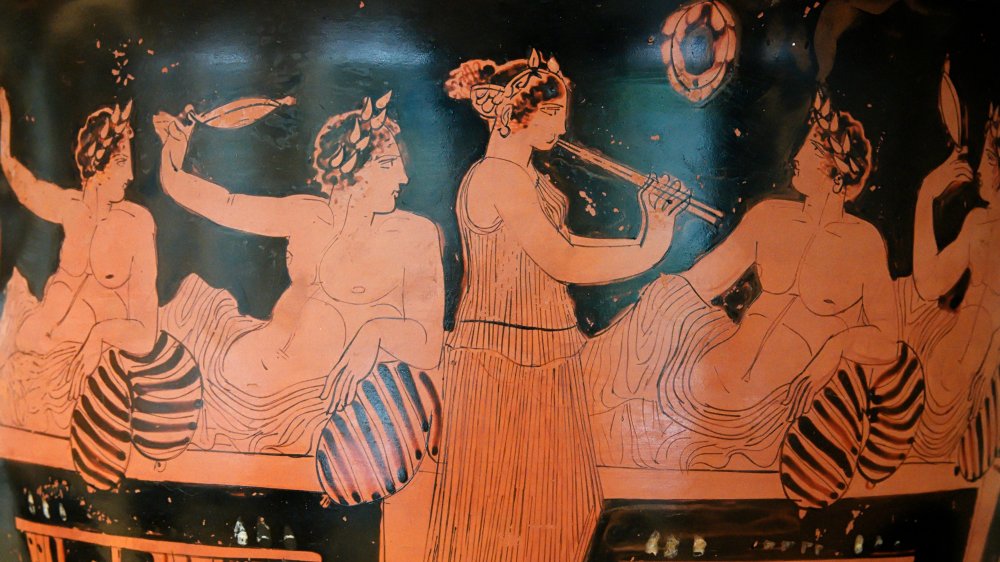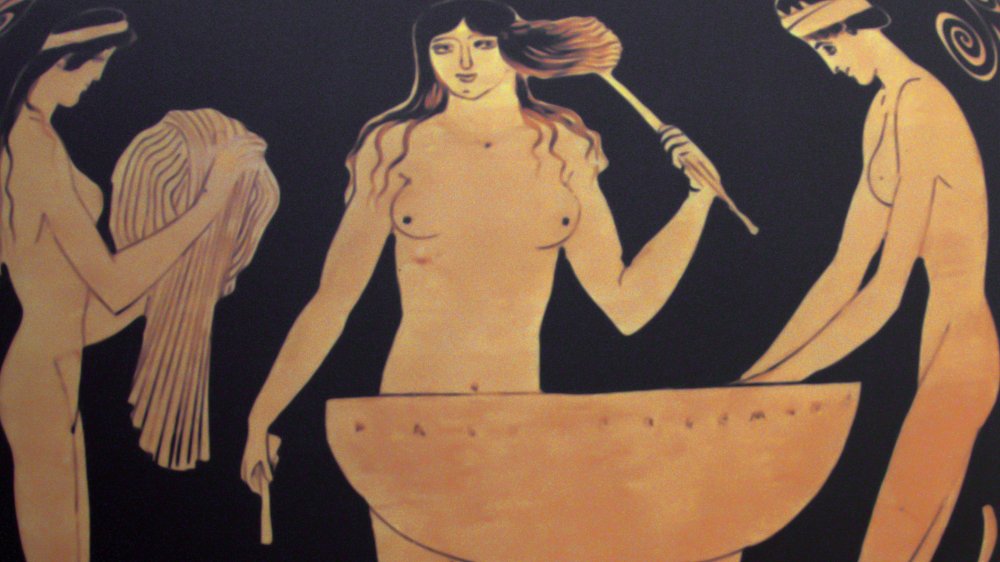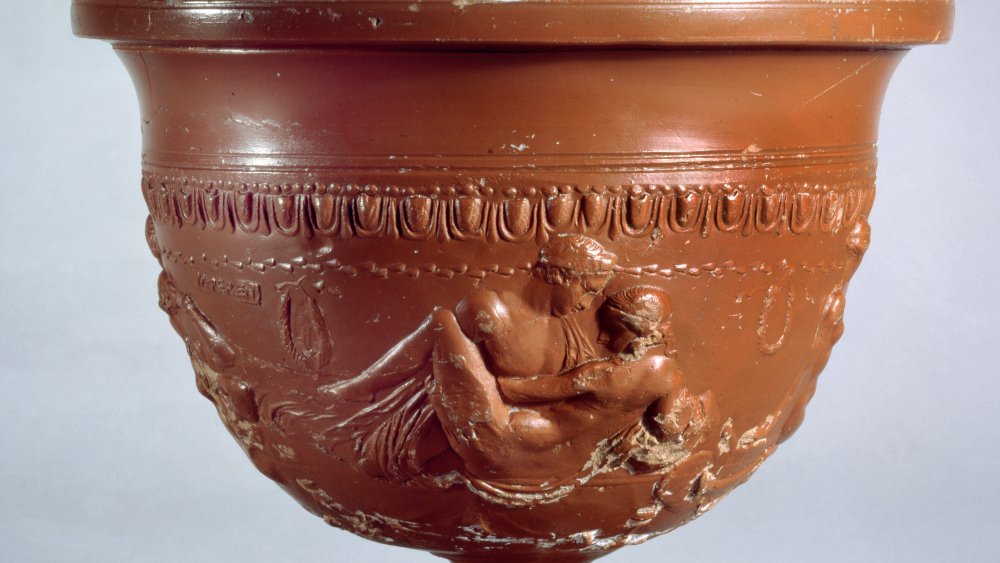What Life Was Like For Women In Ancient Macedonia
The matter of whether or not the history of Ancient Macedonia could be claimed by modern day Greece or the Republic of North Macedonia was not settled until 2019, long after the fact. Per Encyclopedia Britannica, the ancient region, which in antiquity formed the northeastern part of Greece, was divvied up following the collapse of the Ottoman Empire in 1913, absorbed into Yugoslavia, and only gained its independence as recently as 1991. But for centuries, the land that now comprises North Macedonia has been fought for, won and lost again. These age-old tussles between kingdoms, aristocracy and common people, high culture and low, slaves and free people, defined the backdrop of the lives of men and women alike all the way back to Ancient Macedonia.
Back then, life in for women was largely defined by the economics of one's birth, and whether or not someone was born in the city or country (much like other nations, such as the Ottomans), as outlined by Penn Museum. Life for married women was fairly restrictive, as they were expected to take care of kids, fashion textiles, cook, and tend to guests. This was especially the case for the city-borne, who typically spent their days keeping to the women's quarters (gynaikonites) of the house, or in the house's courtyard, except for prescribed visits to neighbors and events such as funerals or religious rites.
The lifestyle of the free and educated
By contrast, those in the countryside also helped with agricultural work such as harvesting vegetables. Because slaves were so common in this era, even the poor typically had slaves for certain menial tasks like fetching water. Formal education and politics, though, were off the table no matter what ... unless someone happened to be a courtesan.
Courtesans, called hetairai (singular: hetaira) in Ancient Macedonia, were among the only educated women in society, per Britannica. They lived by themselves, or with roommates, held positions of taxable wealth protected by the state, and were hired for symposia or funereal rites. They were considered skilled entertainers who cultivated their mind as often as their appearance. Ironically, it was often non-Greeks (foreign-born) or freedwomen (former slaves) who had the latitude to become such famed purveyors of the Greek arts.
Symposia: an undergrad's dream
Hetairai truly had a chance to shine at symposia, which were basically the ancient precursor to modern day fraternity houses. As described by National Geographic, symposia had roots in religious feasts that began with sacrificing animals to Apollo, but eventually became ritualistic, men-only house parties of 14-30 people full of courses like diluted wine (to extend the revelry), meat eaten with fingers, and dried chick peas. Predictably, symposia were often capped off with semi-nude female flautist slaves making the rounds at the party, and in the case of the truly wealthy, courtesans. Men scrambled over each other to gain "the obligation to pay," as one man Athenaeus cajoled his friends regarding the courtesan Gnatena. Another famed courtesan, Phryne, was reportedly the model for Aphrodite in Apelles' painting "Aphrodite Anadyomene," and she was also famously acquitted of blasphemy by baring her chest to her jury, as cited by Britannica.
It stands to reason that this level of influence within Greek society allowed women in such positions to hold some kind of sway over political spheres, as well, especially since those receiving their patronage were typically aristocracy. It's easy to imagine that they, and their ironically more-confined married counterparts, did everything within their power to craft the best lives possible for themselves.


